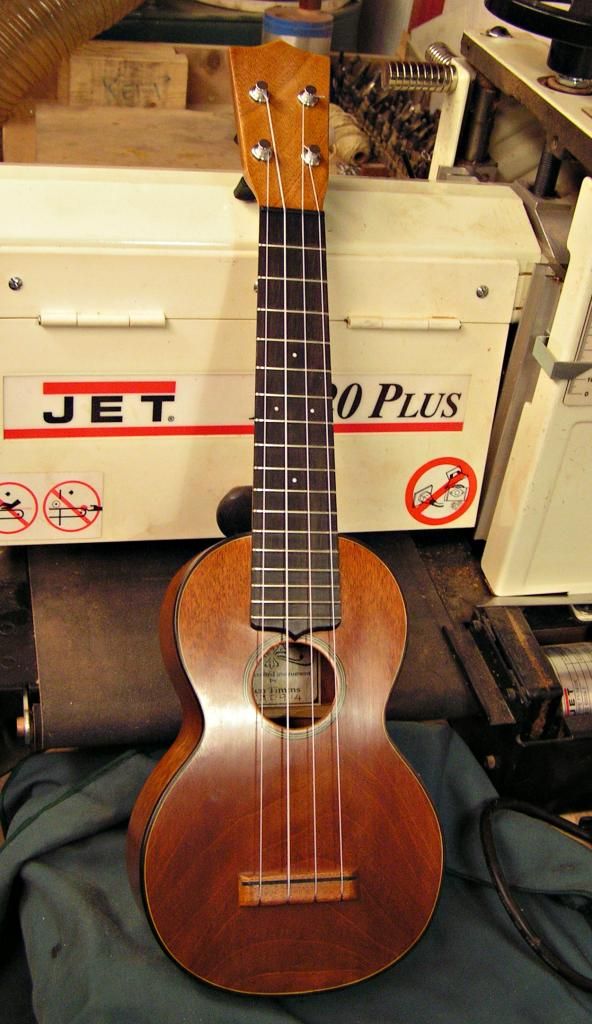tangimango
Well-known member
ive been reading and enjoying the read on the guiter building forums about this.
from what I understand, quarter sawn is recommended for tops and everything else because of there stability strength .
but could you use a flat sawn top for a ukulele or guitar? what problems will you encounter during the build? bridge ripping of in time. the longevity of the top 50 years from now? prone to cracking easier due to weather?
ive read that all quilted wood are flatsawn. and so is Brazillion rosewood back and sides. what other beautiful woods a flat sawn and used.
from what I understand, quarter sawn is recommended for tops and everything else because of there stability strength .
but could you use a flat sawn top for a ukulele or guitar? what problems will you encounter during the build? bridge ripping of in time. the longevity of the top 50 years from now? prone to cracking easier due to weather?
ive read that all quilted wood are flatsawn. and so is Brazillion rosewood back and sides. what other beautiful woods a flat sawn and used.

